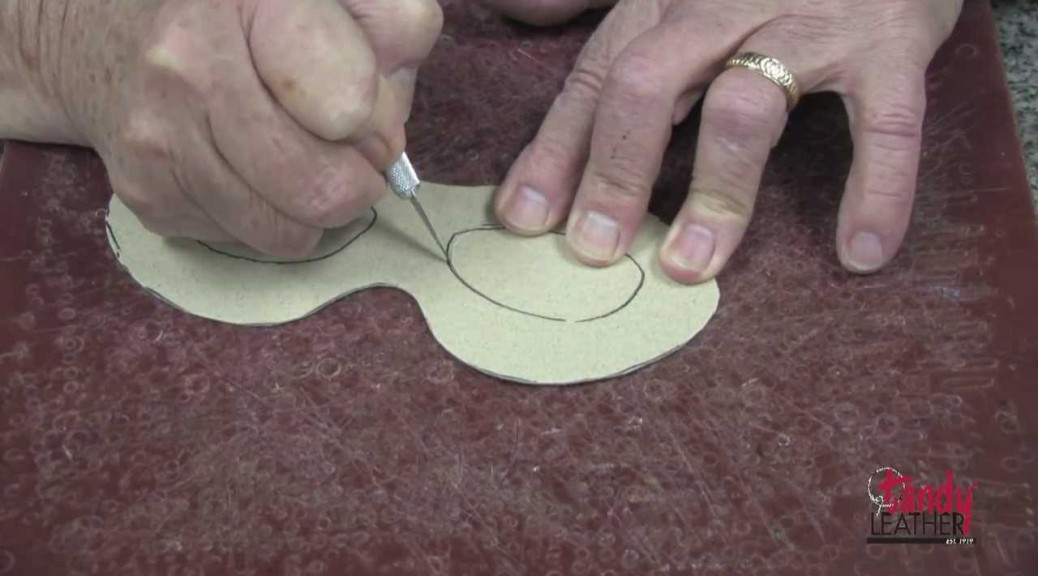The following comes from an 1890 news article in the San Francisco Morning Call. You can also check out the first part and the second part:
The ingenuity of the “propertyman” comes to the front again in eating and drinking scenes, when the manager of the theater has to furnish the viands. As a substitute for tea, wine, whisky or brandy he serves the actors water colored with a piece of toasted bread to suit the shade of the desired liquid and then strained. This, by the way, is not a device of modern times.
It comes from the days of Shakespeare, according to stage tradition. Sometimes ginger ale or tea is used, but these are not favored generally because they will not suit all tastes.
To one actor the ale is too pungent, to another the cider is too sour, while the third may not be able to take tea without milk, which, of course, could not be used without impairing the color of the drink. So toast-water has been accepted as the regular thing, agreeable to ever palate.
There are managers of companies and stars who will have the genuine article itself, and in that case provide it at their own expense.
Clara Morris and Fannie Davenport do this. “Rip Van Winkle” Jefferson swallows whisky straight when he “smiles” to the health of the other characters at the end of the comedy, and remarks, “This one don’t count.”
In the memorable representation of Goldsmith’s “She Stoops to Conquer,” years ago, John Gilbert, Lester Wallack and Harry Montague were in the cast. They used in the tap-room scene an English tankard filled with Bass’ ale.
Occasionally stage realism asserts itself, and decrees that only legitimate accessories shall be used in the portrayal. Then it is this especial “piece of business” becomes a feature of the plays, as in the “Hearts of Oak” four years ago, where a party of eight sat down to a New England dinner of meat, pies, coffee and rolls. The component parts of the meal were served in view of the audience, piping hot, and were eaten with relish by the actors and actresses around the table.
Perhaps the most costly stage repast when done correctly is the breakfast in “Camille,” that the heroine gives to Armand, Easton and Mme. Prudence. The period of the drama is modern, and the surroundings on a scale of excellence calling for silverware of recent design and the best of food.
A “propertyman” would supply it in this way: A pot of tea, white cups and saucers, a plate of sliced bread and a papier-mache chicken or ham. How the itinerant actor, who grubs country towns for his patronage, and who cannot supply money or properties, manages to set this scene is as great a source of conjecture as the reasons that induce him to mold the genius to the histrionic requisites of the play.
Every theatre-goer knew John T. Raymond ate pared apples as Colonel Sellers in “The Gilded Age,” whereas the action of the scene called for turnips. So much for eating and drinking on the stage.
Published in The Morning Call, San Francisco, December 25, 1890, pg 19. Originally written by Felix Barnley in 1887.

